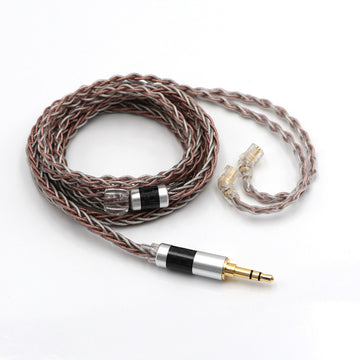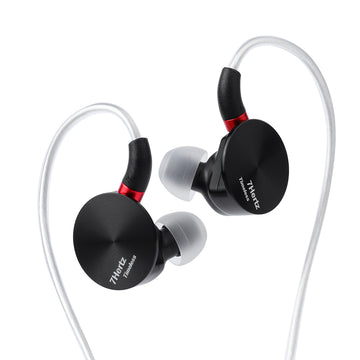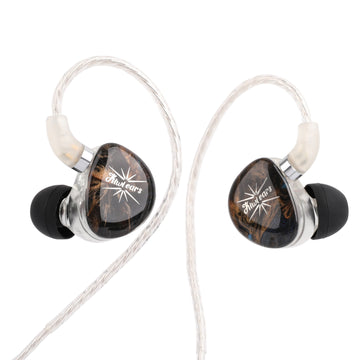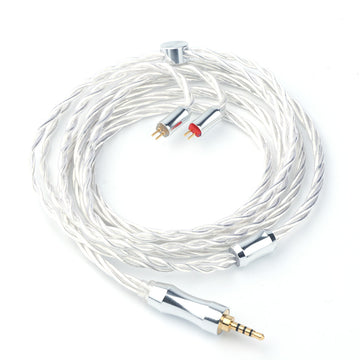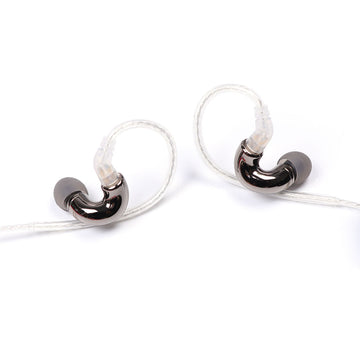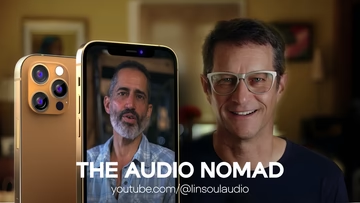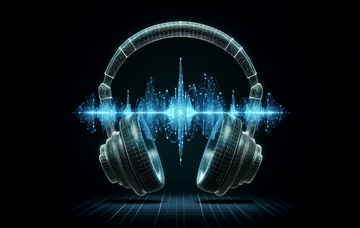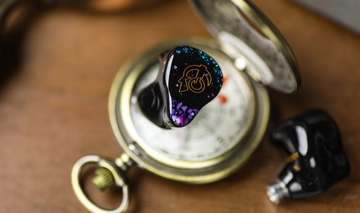In reviews of HiFi audio gear, such as in-ear monitors or headphones, terms like "Bright," "Analytical," or "Warm" are often used to describe their sound profile. For beginners, understanding these terms can be confusing. Essentially, they describe how the gear's sound is tuned, helping you determine if it matches your preferences, which is crucial for making informed purchasing decisions.
Understanding Sound Signature
Sound Signature refers to the unique sound characteristics produced by specific audio devices, brands, or software. Like fingerprints, each entity possesses distinct sound features, influenced by factors such as frequency response, balance, and distortion levels.
Formation of Sound Characteristics
Several elements contribute to shaping a device's or brand's Sound Signature:
- Audio processing technology: Diverse techniques impact sound processing, yielding distinct characteristics.
- Material selection: Construction materials influence sound transmission and reflection, shaping final performance.
- Design philosophy: Objectives and user demographics influence sound characteristics, prioritizing aspects like bass effects or audio clarity.
Exploring Frequency Ranges
Understanding sound frequency ranges is crucial for appreciating music and sound reproduction:
- Bass: The lowest frequencies (20 Hz to 250 Hz) provide depth and richness, felt more than heard.
- Midrange: Encompassing frequencies from 250 Hz to 2 kHz, it carries fundamental instrument and vocal frequencies, contributing to clarity and presence.
- Treble: Ranging from 2 kHz to 20 kHz, treble adds brightness and airiness to sound, accentuating cymbals and high-pitched instruments.
Types of Sound Signature
Audio enthusiasts classify Sound Signatures into precise categories:
- Analytical:
Sound Characteristics: High resolution, rich detail, clear transparency, balanced frequency response.
Suitable Scenarios: Audio evaluation, professional audio editing, listeners requiring accurate reproduction of the original audio source.
- Balanced (Neutral):
Sound Characteristics: Average frequency response, balanced across all frequency ranges, no distinct emphasis.
Suitable Scenarios: General use, suitable for a wide range of music genres and environments, users with high demands for original audio performance.
- Bright:
Sound Characteristics: Emphasized high frequencies, highlighting audio details and clarity.
Suitable Scenarios: Suitable for those who appreciate clear details and high resolution audio content, such as classical music and vocals.
- Dark:
Sound Characteristics: Emphasized low frequencies, strong warmth, thick sound.
Suitable Scenarios: Suitable for those who prefer stable, soothing tones, such as jazz and pop music.
- Flat:
Sound Characteristics: Flat frequency response, balanced across all frequency ranges, no enhancement or reduction.
Suitable Scenarios: Audio monitoring, audio production, situations requiring faithful reproduction of the original audio performance.
- V-shaped:
Sound Characteristics: Emphasized low and high frequencies, relatively weak mid-range.
Suitable Scenarios: Suitable for music enthusiasts who enjoy dynamic and impactful music, such as pop music, electronic music, and rock music.
- Warm:
Sound Characteristics: Warm, soft, comfortable audio, rich performance in low and mid frequencies.
Suitable Scenarios: Suitable for those who enjoy soft tones and relaxing atmospheres in music, such as classical music, jazz, and relaxation music.
Personal Preference
Every individual has unique preferences when it comes to sound. It's essential for everyone to understand sound signatures to find the audio profile that best suits their tastes. By exploring various sound signatures, you can discover your preferred sound and enhance your listening experience.


